When I was a kid, we are talking ancient history here, late 1950s and 1960s, every single time that I heard any airplane engine sound at home, I ran outside, with my father’s binoculars, to see the airplane fly over or near our house, which was located in the hills across the Aerodrómo Los Cipresales.
Thus, I saw Boeing P-26s, Beech AT-11s and C-45s, as well Douglas C-47s, North American T-6s and P-51s, Curtiss C-46s, DC-6s and the first Pan American Boeing 707 jets to visit Guatemala; I even saw Super Constellations and C-133s from time to time!
It was with anticipation, that I waited for the Day of the Army on June 30th, Independence Day on September 15th and the Air Force Day on December 10th, because it usually meant an aerial parade.
So, I hated the C-47s because they were slooooow in passing by. They didn’t have the speed or grace of the Mustangs or the Texans. They impeded my viewing of the fancier airplanes then in service. I thought of them in my mind, as the ponderous Hannibal elephants crossing the Alps.
And then, I grew up…
Even at the 6 or 7 years of age, I began reading all the aviation material that I could get my hands on. And I learned how the C-47s had transported thousands upon thousands of cargo, passengers across the world, and continued doing so. I gained appreciation on the ruggedness, adaptability, toughness of this airplane and its brethren.
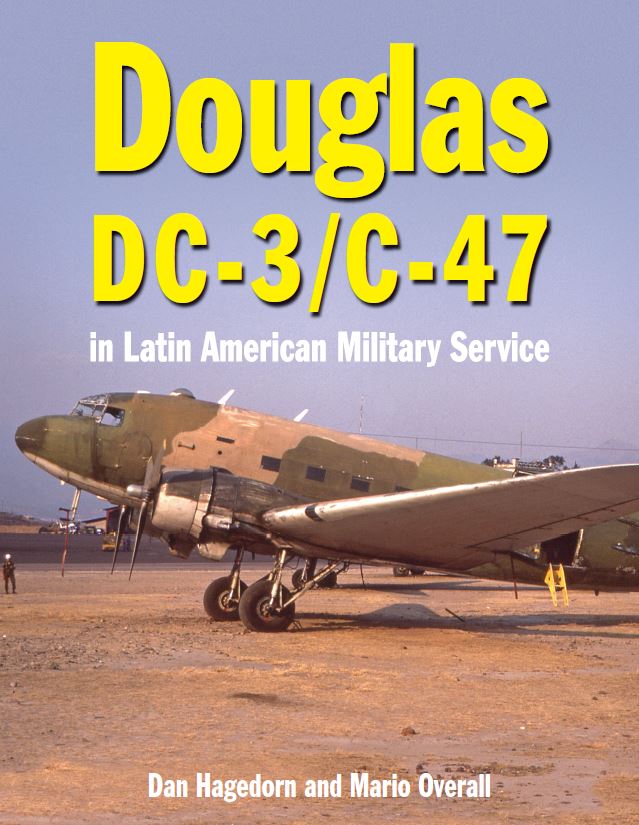
At that time, I could then see the rare sight of a C-47 landing at Los Cipresales. I could see them flying over, and I could from a distance, see them dropping parachutists over Campo de Marte. The C-47s were still in service throughout the world, the Guatemalan Air Force not being the exception.
So, I come to realize now, that books like Hagedorn-Overall’s on the C-47 in Latin America, should have been most welcome during that early period of my life but they were not available. Thank you, Dan and Mario. You guys are 60 or so years late in publishing the book!!!
Now, I would like to seriously suggest that you esteemed readers, drop a few dollars, euros, dracmas, or whatever your local currency might be, and proceed to purchase your copy of this most excellent book.
Usually books like these, are printed in limited numbers. You don’t want to see yourself a few years down the road, spending easily a couple of hundred dollars to purchase a second-hand copy. That is, if you can find one. Remember Hagedorn’s books on the P-51, P-47, and the impressive Alae Supra Canalem? They are nowadays, rarer than hen’s teeth.
Their book on the DC-3 / C-47 in Latin America is crammed with over 600 photos (I counted twice, lost count twice, so I decided to go with the approximate number) and has the abundance of data we have come to expect from Hagedorn and now, Overall. Here are the technical aspects, so to speak:
ISBN-13-978-1910809471
Published by Crécy Publishing
Date of publication: 15 May 2021
You can order the book from Amazon or from Crécy’s online store if you are in Europe.
It will augment your library on the subject. I already had 6 other books on the DC-3 / C-47 and this particular one, is a most welcome addition to those reference sources.
The service of the DC-3 / C-47 in Latin America is documented with historic data, anecdotal information, serial numbers, history of those airframes that had been tracked. Transport, medical evacuation, makeshift bomber, gunship, all roles undertaken in Latin America by the ubiquitous Gooney Bird.
Oh, and by the way, my first-ever flight on any airplane, was in FAG-505, when the Guatemalan Air Force was selling rides for Q5.00 / $5.00 as a fundraiser for -I believe- The National Anti-Tuberculosis League back in the very early 1970s. By then, I already loved the C-47…

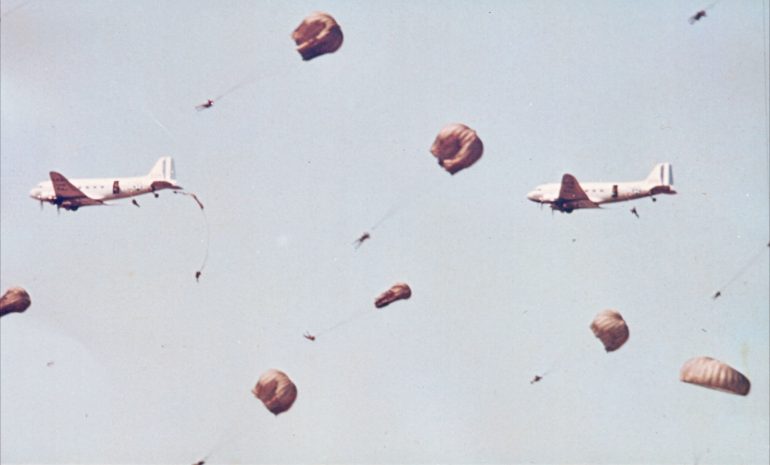


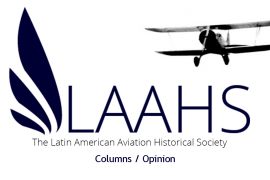
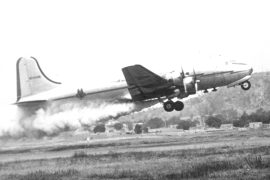
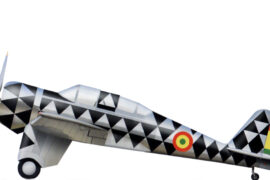
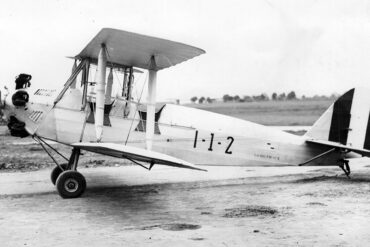
Excelent article of Tulio Soto. I am also from Guatemala albeit a little younger because I did’nt achieved to see the Los Cipresales airport in operation nor any of those P-26s that were part of our Air Force.
In my case I also watched regularly the C-47s heading to the La Aurora base and loved the sweet sounds of those venerable radials.
A few years ago I read a book called Bombers of WWII written by Jeffrey Ethell. An excelent book with wartime colour photographs and actual letter of service men to their beloveds back home. One of these letters was written by a C-47 pilot called Ken Kailey of the 8th Troop Carrier Squadron that reads (hope not to be violating author rights):
“I think that troop carrier was the best deal in the Army Air Forces. Although the C-47 was not among the “fast and flashy” aircraft, it was solid, dependable, and easy to fly – and so very forgiving. It’s still around today, isn’t it? While the bombers and fighters did their same old routine each time – fly to 30,000 feet, suck on oxigen for hours, drop their bombs, and return to the same old field – we had variety. You might say that we were in the Sightseeing Corps. We flew low enough to see things, and we got to land at the other end an look around. Very casual, we were fly to point A, pick up a load, and take it to point B. No flight plan to file, no assigned altitude. And if we wanted to stray off course a bit to check something out, no problem. Besides that, they weren’t shooting at us all the time.
We pretty much covered the European theater – I got to visit France, London, Casablanca, Cairo, Athens, and most of the major cities in Italy. In addition, we viewed most of the points in between from the air. And the most thankful part of all is that I am still here today.”
This and the story of the birth of the DC-3 when CR Smith, president of American Airlines asked Donnald Douglas to design and build a more capable airplane out of the DC-2, put the DC-3 and the C-47 in a honourable place in history.
Love these planes al the histories around them.
Thank you again for your lovely article.